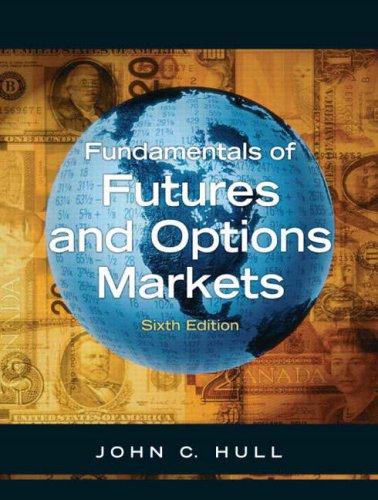Question
Date. Stock X. Stock Y. Stock Z. Market. Risk-Free 2001. 0.10 -0.25 0.35 0.07 0.05 2002. 0.15 0.15 -0.25 0.05 0.05 2003 0.35 0.10 0.20
Date. Stock X. Stock Y. Stock Z. Market. Risk-Free
2001. 0.10 -0.25 0.35 0.07 0.05
2002. 0.15 0.15 -0.25 0.05 0.05
2003 0.35 0.10 0.20 0.20 0.05
2004 -0.15 -0.40 0.10 0.10 0.05
Use this information above and also the Capital Asset Pricing Model (CAPM).

Take expectation on both sides, you get the equation below since the intercept and beta are constants. The final equation for CAPM below:

12. Assuming that the CAPM holds, find the expected return of stock X for the period 2001-2004. A. 12.45% B. 10.96% C. 16.80% D. 14.20% 13. Assuming that the CAPM holds, find the expected return of stock Y for the period 2001-2004. A. 13.65% B. 11.22% C. 9.96% D. 8.02% 14. Assuming that the CAPM holds, find the expected return of stock Z for the period 2001-2004. A. 10.94% B. 13.27% C. 11.33% D. 15.42% 15. Assuming that the CAPM holds, find the expected return of a portfolio that invests 20% on stock X, 30% on Y, and 50% on Z. A. 9.28% B. 11.01% C. 12.46% D. 8.98% 16. Determine whether a portfolio that invests 20% on stock X, 30% on Y, and 50% on Z is overvalued or undervalued? (Hint: find the difference between the portfolio return calculated using the given portfolio weights and the portfolio expected return calculated using CAPM.) A. overvalued by 8.21% B. overvalued by 6.56% C. undervalued by 5.32% D. undervalued by 4.87% 17. Assuming that the CAPM holds, find the expected return of a portfolio that invests 50% on stock X, 30% on Y, and 20% on Z. A. 12.74% B. 13.99%
C. 10.65% D. 14.59% 18. Determine whether a portfolio that invests 50% on stock X, 30% on Y, and 20% on Z is overvalued or undervalued? (Hint: find the difference between the portfolio return calculated using the given portfolio weights and the portfolio expected return calculated using CAPM.) A. undervalued by 4.87% B. overvalued by 8.21% C. undervalued by 5.32% D. overvalued by 8.12%
rirf=i+Systematiccomponenti(rmrf)+Firm-specificReturni E(Ri)=Rf+i[E(RM)rf]Step by Step Solution
There are 3 Steps involved in it
Step: 1

Get Instant Access to Expert-Tailored Solutions
See step-by-step solutions with expert insights and AI powered tools for academic success
Step: 2

Step: 3

Ace Your Homework with AI
Get the answers you need in no time with our AI-driven, step-by-step assistance
Get Started


